
Range Rover Estate (2013-2021) review
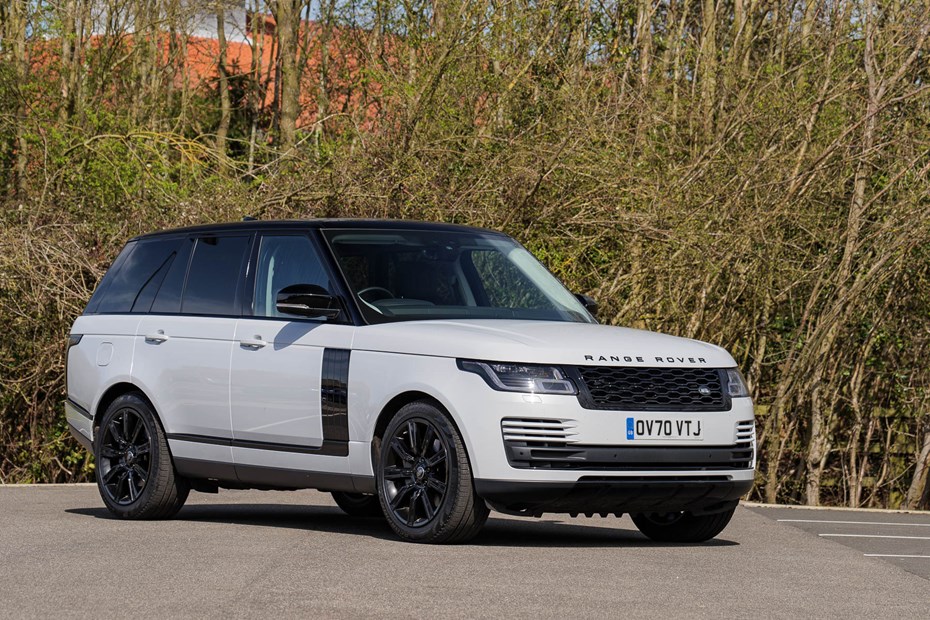
At a glance
| Price new | £75,995 - £177,540 |
|---|---|
| Used prices | £8,990 - £77,634 |
| Road tax cost | £265 - £760 |
| Insurance group | 45 - 50 |
Get an insurance quote with

|
|
| Fuel economy | 18.6 - 33 mpg |
| Range | 431 - 1039 miles |
| Miles per pound | 2.7 - 4.2 |
| Number of doors | 4 |
| View full specs for a specific version | |
Available fuel types
Petrol
Diesel
Hybrid
Pros & cons
- Luxury in a versatile package
- Broad engine range
- Impressive off-road agility
- Extensive personalisation
- Other luxury SUVs handle better on-road
- Very expensive at the top of the range
- Feels enormous to drive around town
- PHEV lacks lustre when battery empty
Land Rover Range Rover (13-21) rivals
Overview
Is the Range Rover any good?
Sitting at the top of Land Rover’s broad range of expensive SUVs is the full-sized Range Rover – this being the fourth-generation of a name that now stretches back five decades.
As Land Rover’s pinnacle product, the Range Rover represents its most opulent expression of travel – equally at home serenely wafting around Kensington as it is scaling the foothills of Snowdon.
There’s no escaping that this flagship model is – fittingly – very expensive to both buy and run, with the option of a supercharged V8 petrol engine for those with especially deep pockets. But there is a nod to those who require their Range Rovers with propulsion more fitting to these sustainability aware times, with a plug-in hybrid (PHEV) petrol-electric option. Diesels remain the most popular, for now.
What’s it like inside?
Supremely comfortable, whatever the road or track. Despite the mental image of Range Rovers bounding across huge expanses of land on private country retreats, the fact remains that the majority of them remain on-road most of the time. Some of its key rivals in the upper echelons of the luxury SUV market easily outhandle Land Rover’s finest by being more on-road biased in the first place: the Audi Q7, Bentley Bentayga, BMW X7, Mercedes-Benz GLS and Porsche Cayenne all spring to mind in this regard.
That’s because Land Rover chose to take the Range Rover a different path. Here, comfort reigns supreme, where driver and passengers are deliberately isolated from the hoi polloi as well as the road. It feels especially light to manoeuvre – although you’re never not aware how massive it feels – in a way similar to a Rolls-Royce. Of course, the luxury car brand now also produces an SUV in the form of the Cullinan, but given it costs around three times as much as a Range Rover, it’s hardly a direct rival.
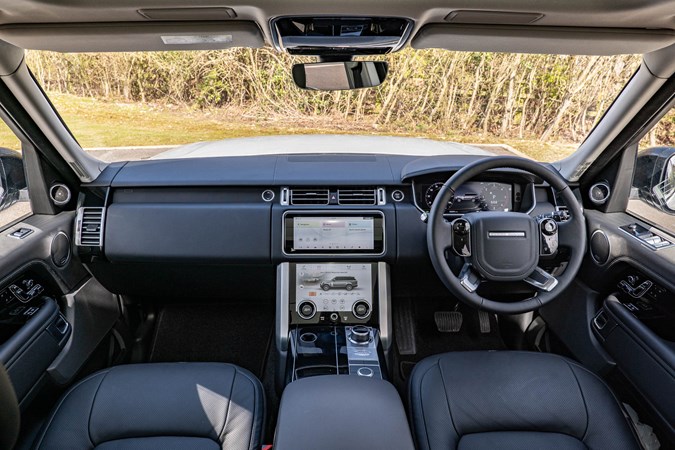
The cosseting air suspension and sumptuous armchair-like seats add to that sensation of being disconnected from the outside world – this is a supremely comfortable car to both drive and be driven in. If that latter aspect appeals greatly, then you might be tempted by the long-wheelbase Range Rover with increased legroom in the back, plus the options of Executive Class rear seating with electrical adjustment massage function and a fridge in the centre console.
Read more about the Range Rover interior
What models and trims are available?
All models in the range are luxuriously appointed, regardless of what you choose. The range starts with Vogue and works up to Westminster, Westminster Black, Vogue SE, Autobiography, the limited edition Fifty, SVAutobiography, SVAutobiography Black and SVAutobiography Long Wheelbase.
You can also opt for long-wheelbase versions of Autobiography and Fifty models.
What’s it like to drive?
You’ve got the option of two diesels, three petrols and a plug-in hybrid for your Range Rover – all of which we’ve detailed later in the review.
At opposite ends of the scale, SVAutobiography versions use a supercharged V8 petrol, while the P400e plug-in hybrid combines a 300hp four-cylinder Ingenium petrol engine with a 116hp electric motor, powered by a 13.1kWh lithium-ion battery.
Read more about how the Range Rover drives
Still incredible off-road
It’s good to know that if you want to take a shortcut across a boggy field the Range Rover has you covered there too.
Land Rover’s Terrain Response 2 system is a perfect example of how that works. As you drive over different surfaces such as gravel, rocky terrain and ice, the system allows you to choose a mode that best what’s under the car, with appropriate electronic changes to parameters such as throtle response and traction control to permit you continuous progress. Or, you can leave the Range Rover to monitor conditions itself and do it all for you.
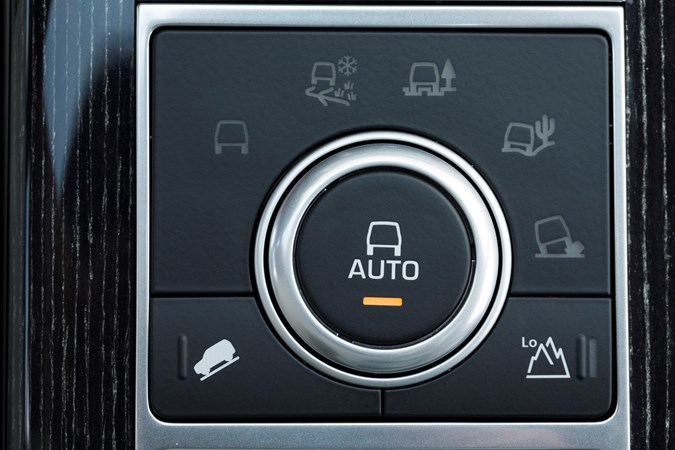
What’s more, gadgets such All Terrain Progress Control (essentially an off-road cruise control) and Hill Descent Control makes light work of obstacles, and the Range Rover can wade in water up to 900mm deep.
Good to know that it can, even if you never do.
Continue reading about the Range Rover, including its practicality and how much it costs to run.
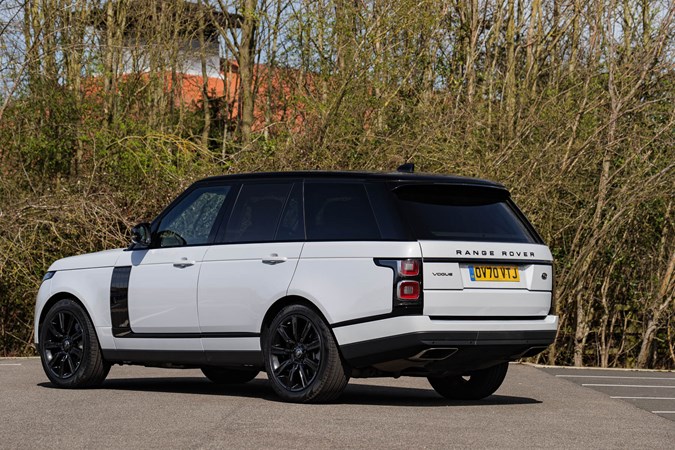



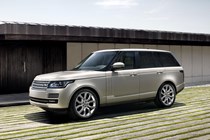

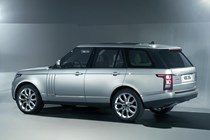
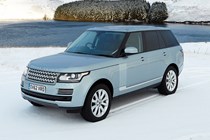
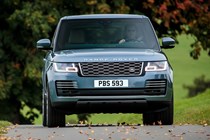
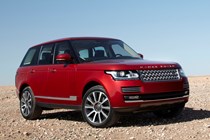
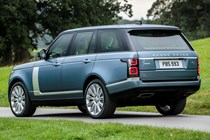
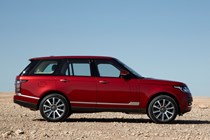
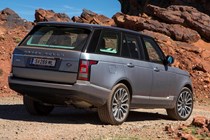
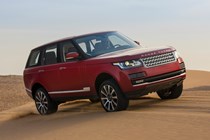
.jpg)
.jpg)
.jpg)
.jpg)
.jpg)
.jpg)
.jpg)
.jpg)
.jpg)
.jpg)
.jpg)
.jpg)
.jpg)
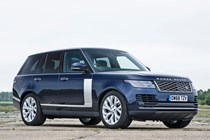
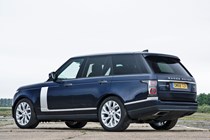
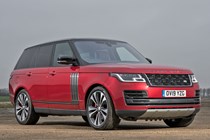
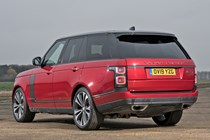
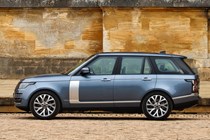
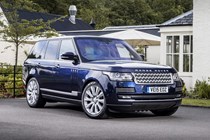

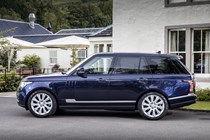


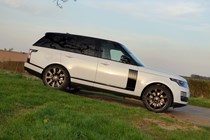

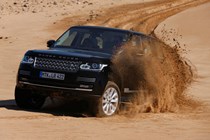

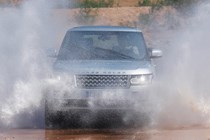
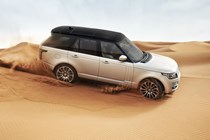
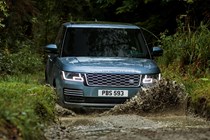
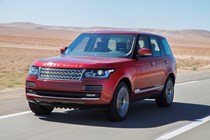
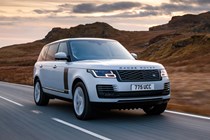
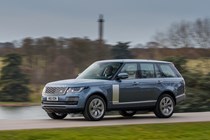
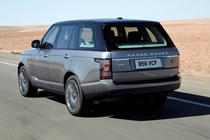
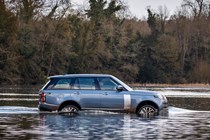
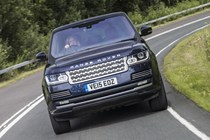

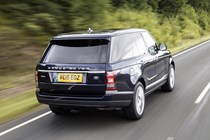
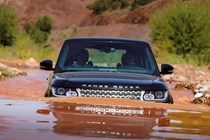
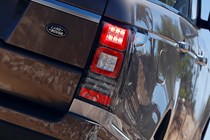
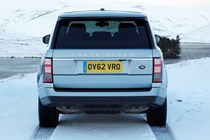
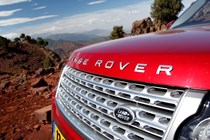
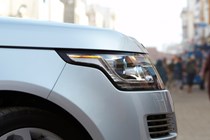
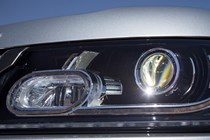

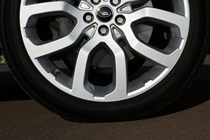
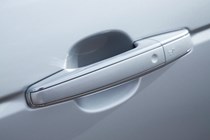
.jpg)
.jpg)
.jpg)
.jpg)
.jpg)
.jpg)
.jpg)
.jpg)
.jpg)
.jpg)
.jpg)
.jpg)
.jpg)
.jpg)
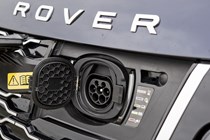
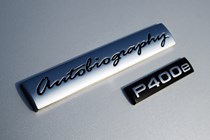
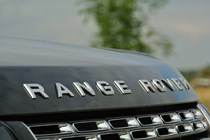
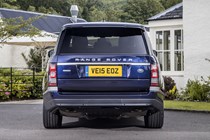
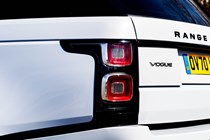
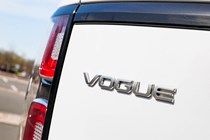


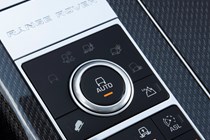
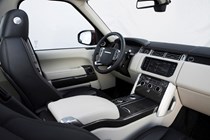
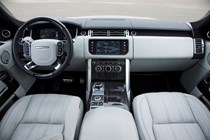
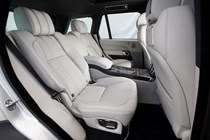
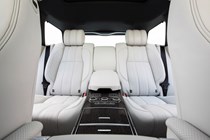
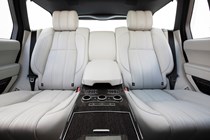
.jpg)
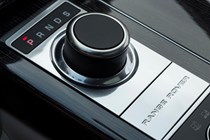
.jpg)
.jpg)
.jpg)
.jpg)
.jpg)
.jpg)
.jpg)
.jpg)
.jpg)
.jpg)
.jpg)
.jpg)
.jpg)
.jpg)
.jpg)
.jpg)
.jpg)
.jpg)
.jpg)
.jpg)
.jpg)
.jpg)
.jpg)
.jpg)
.jpg)
.jpg)
.jpg)
.jpg)
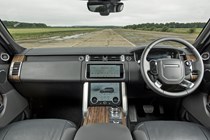
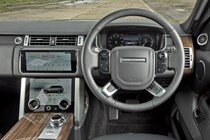
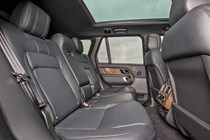


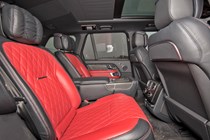
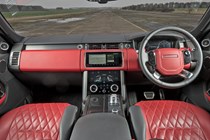

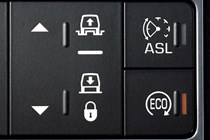
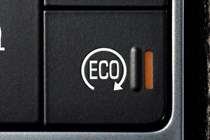
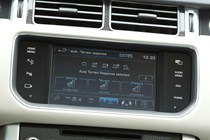

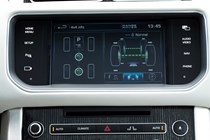
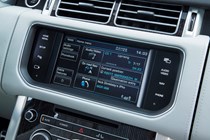
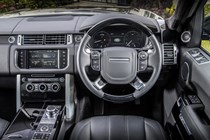
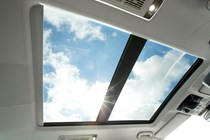
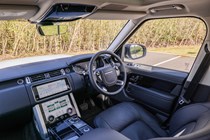
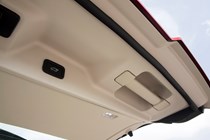
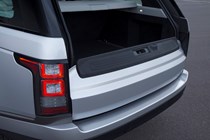
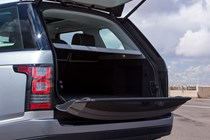
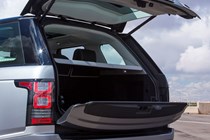
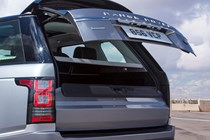
.jpg)
.jpg)
.jpg)
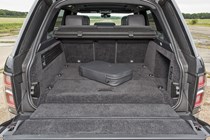

.jpg)
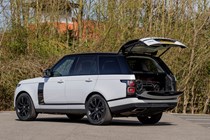
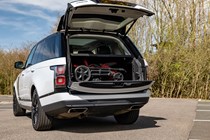
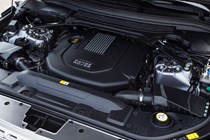
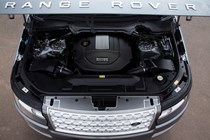
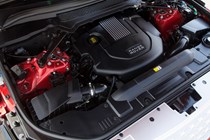
.jpg)
.jpg)
.jpg)
.jpg)
.jpg)
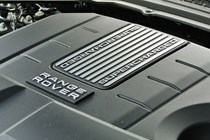
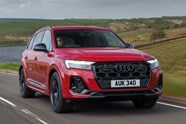
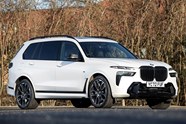












.jpg?quality=50)
.jpg?quality=50)
.jpg?quality=50)
.jpg?quality=50)
.jpg?quality=50)
.jpg?quality=50)
.jpg?quality=50)
.jpg?quality=50)
.jpg?quality=50)
.jpg?quality=50)
.jpg?quality=50)
.jpg?quality=50)
.jpg?quality=50)


































.jpg?quality=50)
.jpg?quality=50)
.jpg?quality=50)
.jpg?quality=50)
.jpg?quality=50)
.jpg?quality=50)
.jpg?quality=50)
.jpg?quality=50)
.jpg?quality=50)
.jpg?quality=50)
.jpg?quality=50)
.jpg?quality=50)
.jpg?quality=50)
.jpg?quality=50)














.jpg?quality=50)

.jpg?quality=50)
.jpg?quality=50)
.jpg?quality=50)
.jpg?quality=50)
.jpg?quality=50)
.jpg?quality=50)
.jpg?quality=50)
.jpg?quality=50)
.jpg?quality=50)
.jpg?quality=50)
.jpg?quality=50)
.jpg?quality=50)
.jpg?quality=50)
.jpg?quality=50)
.jpg?quality=50)
.jpg?quality=50)
.jpg?quality=50)
.jpg?quality=50)
.jpg?quality=50)
.jpg?quality=50)
.jpg?quality=50)
.jpg?quality=50)
.jpg?quality=50)
.jpg?quality=50)
.jpg?quality=50)
.jpg?quality=50)
.jpg?quality=50)
.jpg?quality=50)






















.jpg?quality=50)
.jpg?quality=50)
.jpg?quality=50)


.jpg?quality=50)





.jpg?quality=50)
.jpg?quality=50)
.jpg?quality=50)
.jpg?quality=50)
.jpg?quality=50)
